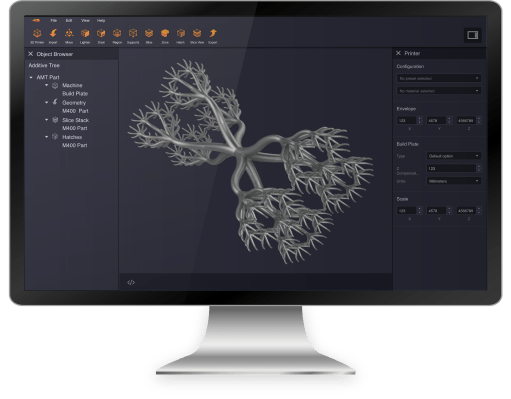Most of us don’t know what a geometric modeling kernel or solid modeling kernel is, but every CAD or design application uses one to create shapes. It’s the underlying infrastructure that allows someone to do the math of CAD design. Just putting a hole in an object or blending lines or removing a corner requires calculating new edge curves that you wouldn’t want to do without the help of sophisticated algorithms. A kernel, which is a library of core mathematical functions that define and store 3D solid objects to support product modeling, makes it a relatively seamless process.
Interestingly, because building a kernel requires a lot of time — not to mention mathematicians and PhDs and computer scientists —the last geometry kernels to be built were rolled out in the late ’80s and early ’90s. Among the most popular is the 3D ACIS modeler (ACIS), a geometric modeling kernel that was developed by Spatial Corporation and is now part of the French 3D design and engineering software giant Dassault Systèmes. The kernel is used in industries for everything from computer-aided design to 3D animation to shipbuilding.
Another is Parasolid, a geometric modeling kernel that was originally developed by a company called Shape Data Limited and is now owned by Siemens, which licenses it to other companies for use in their 3D computer graphics software products.
While Autodesk began forking ACIS to form the kernel called ShapeManager back in 2002 (and other honorable mentions include PTC’s Granite and Dassault’s CGM), a virtual duopoly has formed over the years, enabling Dassault and Siemens to carve up what’s become a $50 billion between themselves, selling their licenses for steep prices and under terms that many find to be onerous.
Now, a four-year-old, Seattle-based company called Dyndrite that’s been quietly working away on its own kernel since its outset, suggests things are about to change. It’s time, says the company, noting that manufacturing hardware has outpaced its software, and making the case that the world needs what it has built: a kernel with modern manufacturing, modern computer architecture, and modern design needs in mind.
“A big part of [what has foiled other upstarts] is they’ve gone head first after [these two giants], but trying to build something with all the features of a 30-year-old product is hard when you’re a startup,” says Dyndrite’s 26-year-old founder and CEO, Harshil Goel, who has one mathematics and two mechanical engineering degrees from UC Berkeley.
Dyndrite has “taken a different tack,” he adds. Its kernel is built for the new world of 3D printing, and more specifically, he says, it’s capable of representing all current geometry types, including higher-order geometries; it can also handle additive specific computations like lattice, support, and slice generation. In the process, says Goel, the kernel can reduce processing times from hours or days to minutes — even seconds.
Whether Dyndrite will break through is an open question, but early indicators are promising. The 15-person company just landed a little more than $10 million in Series A funding led by Gradient Ventures, Google’s AI-focused investment fund, which had also given the company earlier seed funding. Other investors in the round include Cota Capital and other earlier backers like Amplify Ventures, The House Fund, Flexport CEO Ryan Petersen, and former Autodesk CEO Carl Bass, whose relationship with Goel dates back nine years.
They’d met when Goel was a freshman at Berkeley and Bass was on campus, talking with students at an Engineers Without Borders meeting. Asked by Bass what his major was, Goel told him he was a pure math major who spent all his time in machine shops. Years later, he gave Bass a demonstration of what he was working on and Bass asked him, “Do I get to invest or what?” He’s been Goel’s mentor since, says Goel, who says he aspires to have a similar career trajectory — and to have as much fun along the way. “Carl just wants to be our worst end user by breaking everything,” he says, laughing.
As for the traction it’s seeing, Dyndrite just took the wraps off its technology earlier this month at an industry event. It has also launched a “developer council,” a program that provides tools, resources, and other things that OEMS need to leverage the Dyndrite’s kernel and additive toolkit. Among its inaugural members are HP, Nvidia, EOS, and Aconity3D.
